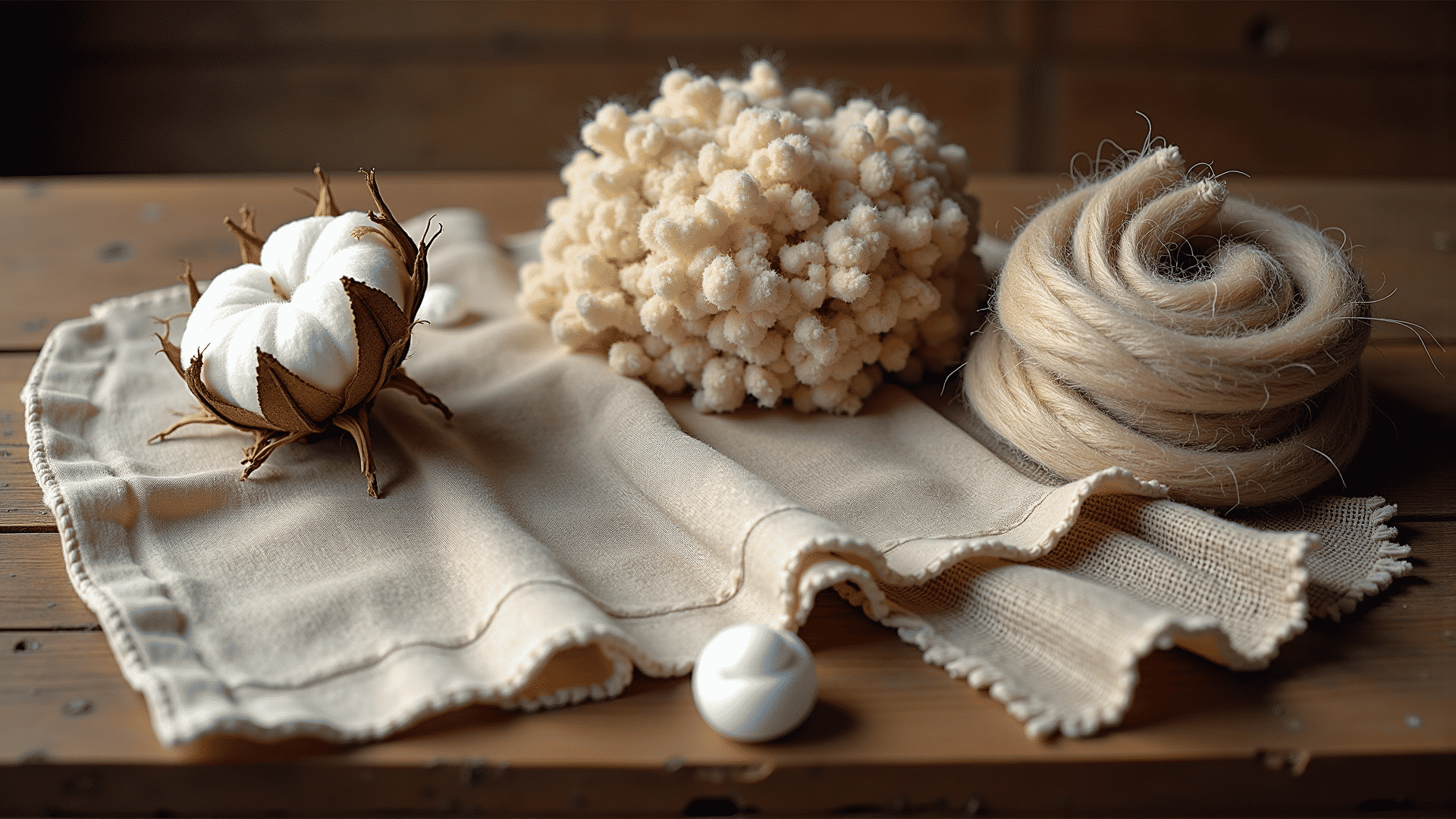Throughout human history, the materials used for making garments have undergone significant transformations. These changes have not only been driven by technological advancements but have also significantly impacted the way people dress and express their identities.
In the earliest days, humans relied primarily on natural fibers derived from plants and animals. Materials such as flax, cotton, wool, and silk formed the foundation of clothing production. Each of these fibers had unique characteristics: flax offered durability and breathability; cotton was soft and versatile; wool provided warmth and elasticity; while silk's luster and smooth texture made it a symbol of luxury and wealth.
As civilizations developed, trade routes expanded, bringing with them exposure to new materials and techniques. The Silk Road, for example, played a pivotal role in introducing silk to the Western world, influencing both the economy and wardrobe choices of many cultures.
The onset of the Industrial Revolution in the 18th century marked a major shift in the production of garments. The invention of mechanical looms and spinning machines allowed for the mass production of textiles, making garments more accessible than ever before. Furthermore, the discovery and use of chemical dyes revolutionized the color palette available, allowing for more vibrant and diverse fashion trends.
The 20th century introduced a wave of innovation with the development of synthetic fibers. Materials such as nylon, polyester, and acrylic emerged, offering new possibilities in terms of durability, flexibility, and cost-effectiveness. These inventions were met with enthusiasm as they provided alternatives to natural fibers, which were often more labor-intensive to produce.
Environmental movements in recent decades have prompted a reevaluation of the materials used in garment production. There is an increasing emphasis on sustainable and eco-friendly practices, leading to the rise of organic cotton, recycled materials, and biodegradable fibers. Innovations like plant-based leathers and lab-grown textiles are already making waves, providing cruelty-free and low-impact alternatives to traditional materials.
These shifts in material use have had profound implications on fashion. From the luxurious silks of ancient empires to the functional synthetics of the modern era, each advancement has brought with it changes in design, accessibility, and consumer preferences. Ultimately, the journey from natural to innovative fibers reflects not only technological progress but also the evolving values and aspirations of society.
As we move forward, the exploration of new materials continues to push the boundaries of what is possible, ensuring that the story of garments remains one of constant evolution and reinvention.
